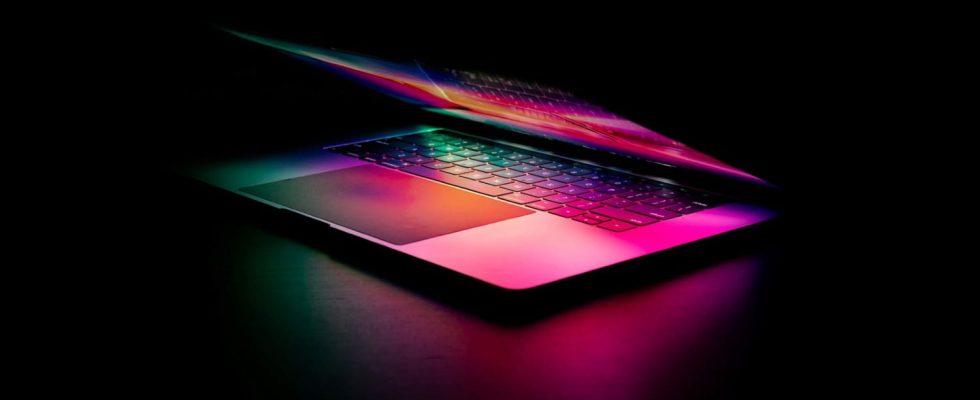Among all the criteria to consider when choosing a computer, there is a very discreet one that it is in your best interest to examine at the time of purchase. Because although it seems trivial at first glance, it affects the lifespan of your device.
Buying a computer, whether desktop or portable, new or used, is not easy. Besides the fact that you must first decide on your operating system – macOS for Apple Macs, Windows, Linux or ChromeOS for PCs offered by all other brands – which will determine your environment and the applications that you can use, you must take into account a host of technical criteria: processor, graphics circuit, quantity of RAM, storage capacity, interfaces (sockets, Wi-Fi, Bluetooth, etc.), screen and battery (when it is a laptop)… So many abstruse specifications associated with a slew of acronyms, references and standards that only experts can decipher without making a mistake.
In short, if you don’t know much about it, if you haven’t taken the precaution of consulting comparative tests or delving into serious buying guides, or if you don’t have someone close to you to advise you , there is every chance that you will be totally lost when it comes time to choose. To the point of blindly relying on the not always disinterested suggestions of sellers or giving in to the rave arguments of advertisements…
However, even if you are completely new to computers, there is a very small detail that you can easily check before buying to narrow down your choice. A very discreet technical characteristic, which nevertheless proves decisive in the use you can make of your computer. Not immediately, but over time. And you have every interest in checking it at the time of purchase if you want to keep and use your device for a long time!
This famous “little detail” is the possibility of upgrading the RAM. This electronic memory, also called Ram, is essential. It houses the operating system, applications and files that you use – just like a work surface on which you place ingredients and utensils when you cook. The rule is simple and immutable: the more RAM a computer has, the better, because it has more space to work!
The thing is that the amount of RAM required has continued to increase over time and with technological developments. And if 4 GB (gigabytes) could have been enough two or three years ago, you need at least 8 GB today for a computer to function correctly and smoothly, whether it is a PC or of a Mac. This permanent inflation is due to the increasing gluttony of operating systems (Windows like macOS) and software, which always require more space to work.
Fortunately, apart from a few very low-cost models, all new computers currently sold are equipped with the necessary amount of RAM (8 or 16 GB in general). But if this is enough today, it will not be the case tomorrow, in three or four years, because of future versions of systems and software!
The problem is that RAM is not always scalable. On many computers, the Ram components are directly soldered on the motherboard (the electronic plate which houses all the elements), which prohibits any evolution. This is the case for many laptops, but also for all Macs, which can never have more RAM. Of course, they will continue to function as on the first day, but they will also support software updates, which will ultimately make them slow or even unusable…
To anticipate the future, we can of course immediately take a computer with a lot of RAM. But this option is often charged at a high price, especially at Apple. The best solution is actually to choose a model with expandable or replaceable memory. To do this, you just need to check that the Ram is not soldered, but mounted on strips inserted into connectors (slots, in English). When the time comes, you can then replace these modules with higher capacity strips or add more if there are free connectors. And no need to open the machine to find out: the information is in principle given on its technical sheet or on the manufacturer’s website. You will thus be certain that your computer will be able to keep up with software developments and operate for many years. And for a low cost: for example, we were able to upgrade several fifteen-year-old PCs by equipping them with 8 GB of Ram for less than 20 euros… And they work perfectly!
